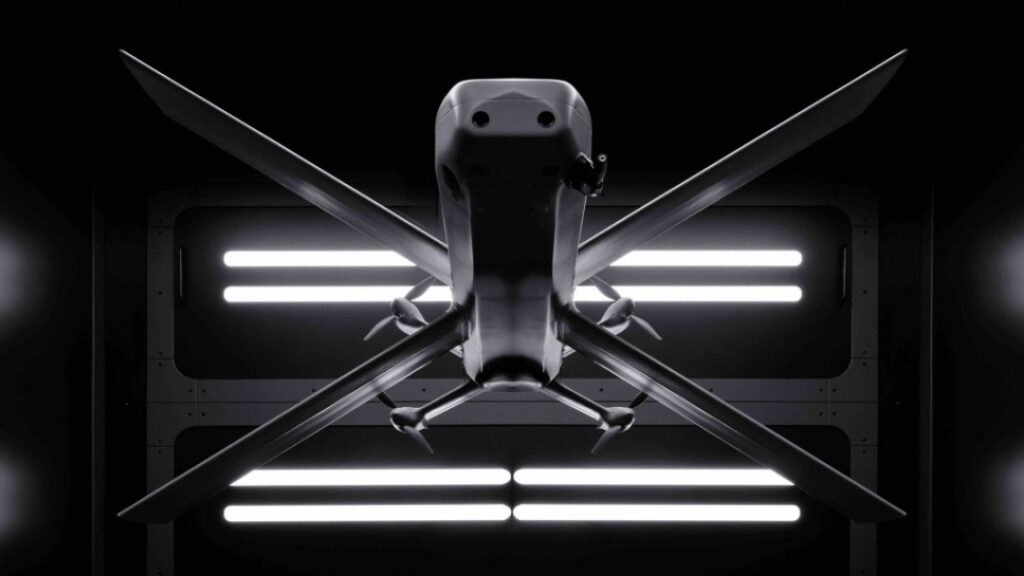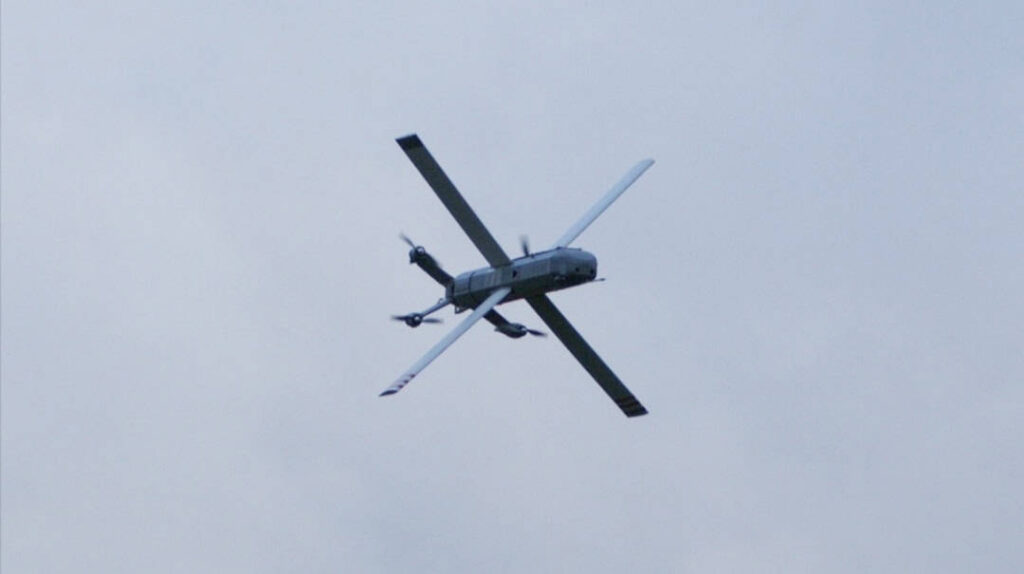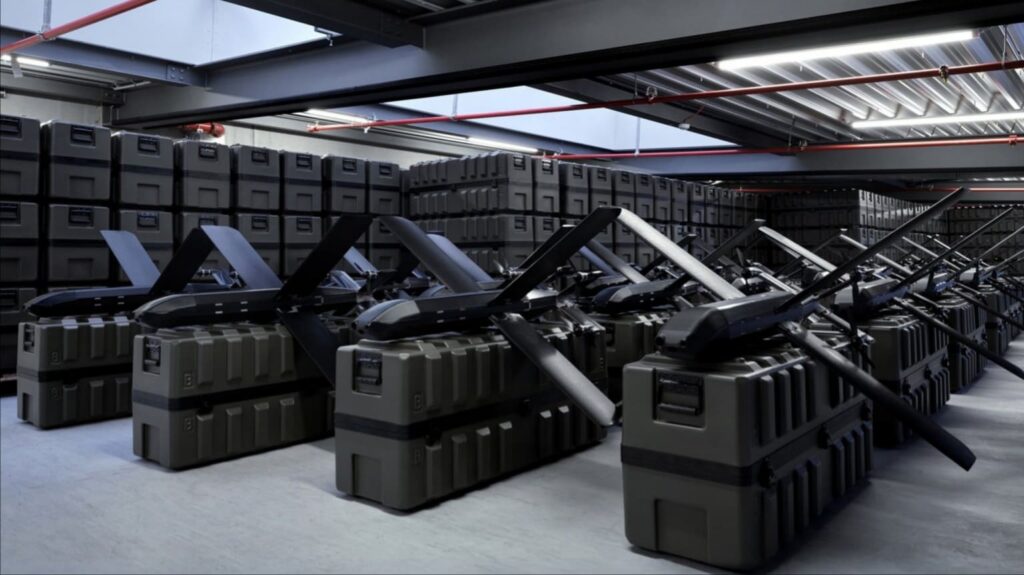NATO allies test German AI drone as Ukraine already destroys Russian equipment with it

Armed forces across Europe are conducting trials of a German-developed HX-2 strike drone that could reshape the continent’s military capabilities, while Ukrainian pilots already fly it against Russian targets.
By early 2025, these unmanned aircraft were destroying 60-70% of Russian equipment—tanks, artillery, air defenses—often striking deep behind enemy lines.
The use of relatively inexpensive drones, including FPV kamikaze types, has allowed Ukraine to compensate for artillery shortages and maintain battlefield intelligence superiority.
France, Germany, Britain and other European nations are evaluating the HX-2 strike drone manufactured by German company Helsing, according to the company’s Vice President of Sales Simon Brünjes, as reported by Hartpunkt.
The testing schedule reflects urgent military priorities. The German Bundeswehr aims to complete its evaluation by year-end, positioning itself for potential procurement decisions. Simon Brünjes, Helsing’s sales chief, indicated that Germany has assigned the project high priority compared to other defense initiatives to meet this timeline.
Why the rush? Brünjes won’t say directly. But the company designed the HX-2 as Europe’s answer to Russia’s Lancet drone—a weapon Helsing calls “very effective” against Ukrainian forces.

Ukraine has received initial HX-2 units for qualification testing, with results expected within weeks. The timing aligns with broader European efforts to support Ukraine’s defense capabilities while evaluating systems for their own militaries.
Single operator controls multiple AI drones that navigate without GPS signals
The HX-2 incorporates design elements from both missile systems and traditional drones. Its X-wing configuration enables agile maneuvering while four electric propellers provide 100-kilometer (62 miles) range and loitering capability compared to rocket-powered alternatives.
Terminal speed: 220 kilometers per hour (136 miles/hour).

But the real innovation sits in the software. Helsing’s Altra system gives the drone three capabilities that matter in electronic warfare:
First, it navigates without GPS. A downward camera constantly matches terrain features against stored maps, letting the drone operate even when Russia jams satellite signals.
Second, it tracks targets automatically during final approach. Lose radio contact? The drone still hits what it was aimed at.
Third, it recognizes targets using artificial intelligence (AI). The system identifies and classifies objects using both visual data and context clues.
Helsing’s Altra software makes it possible for a single operator to coordinate swarm attacks while the AI handles navigation, target tracking, and electronic warfare resistance. Each drone carries several kilograms of payload which is enough to destroy tanks, artillery pieces, or infrastructure.
Here’s the catch: Brünjes says the AI could make the kill decision itself, but Helsing programs human oversight into every mission. “For ethical reasons,” he explains, matching Western military requirements for human control.
Europe grows HX-2 drone production
The German manufacturer designed its system specifically for large-scale production to achieve lower unit costs than conventional systems.
Current production stands at 450 units monthly at Helsing’s Resilience Factory in southern Germany, with capacity to expand to 1,000 units through additional personnel training. A planned second factory could bring total monthly output to approximately 2,500 HX-2 drones. The company also plans to build more factories across Europe to scale production rapidly in response to conflicts worldwide.
Compare that to combat consumption. Ukrainian forces have already used “several hundred” of Helsing’s earlier HF-1 drones out of 1,950 delivered, according to Brünjes. Combat video shows these drones destroying both stationary and moving Russian vehicles.

The math matters for European defense planners. Can a single German factory supply multiple armies plus Ukraine’s wartime needs?
Co-founder Gundbert Scherf says they built the HX-2 “from scratch for mass production” to beat the Russia’s Lancet on both performance and price. Ukraine calls the cost “very economical”—helped by Helsing taking zero profit on Ukrainian deliveries.
Europe learns from Ukraine battlefield drone lessons
In February, Helsing announced 6,000 additional AI-powered HX-2 drones for Ukraine, following a prior order of 4,000 HF-1 drones currently being delivered in cooperation with Ukrainian industry. That’s 10,000 AI-powered strike drones heading to one battlefield.
The HX-2 builds on lessons from Ukraine’s use of the earlier HF-1 model. Same software, different hardware. Where the HF-1 uses conventional wings, the HX-2’s X-shaped design enables sharper maneuvers that are useful when dodging air defenses.
Helsing’s Ukrainian partner handles HF-1 production while the German company provides software. That division of labor gets updated constantly based on combat feedback from the front lines.
The company delivered 1,950 HF-1 units to Ukraine, with several hundred deployed in combat operations against Russian forces.
British forces also demonstrated the HX-2 at Salisbury Plain training facility while preparing for NATO enhanced Forward Presence deployment in Estonia, though Brünjes noted that Britain has not yet made formal procurement commitments.
Will European armies buy what Ukraine is already using? The testing programs underway suggest defense ministries want their own evaluation even when the weapon comes with battlefield validation.